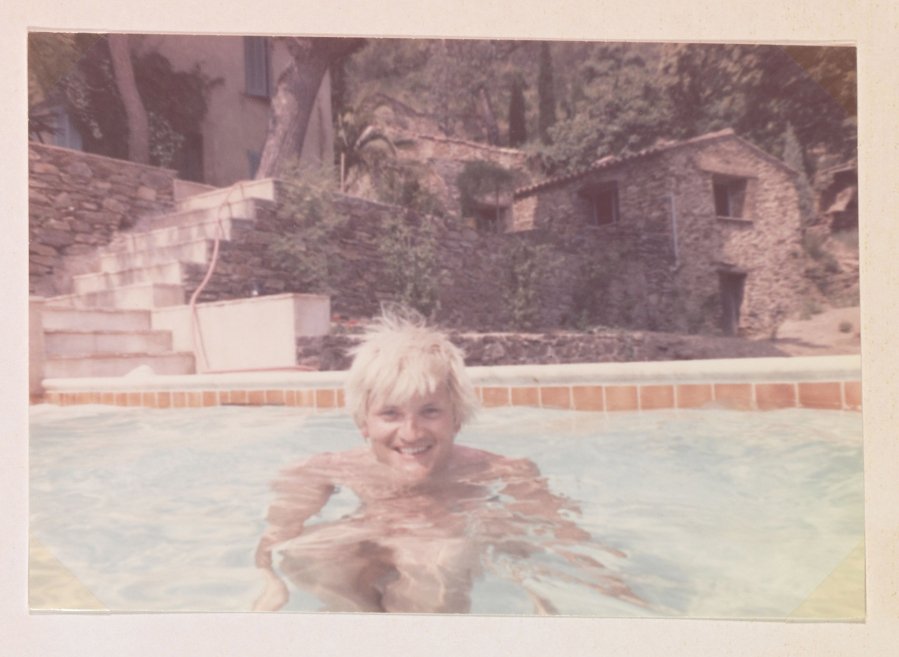The documentary “Hockney” presents such an immersive portrait of its subject — artist David Hockney — that by the end of the film it feels like we are looking at the world through his eyes.
Much like his idol Pablo Picasso, the 78-year-old British-born artist has constantly reinvented his style, evolving from playful abstract expressionism to more recent digital works created on an iPad.
Combing interviews with Hockney and his art-world peers with home movies and other clips, director Randall Wright conveys these shifts, while providing insight into Hockney’s homosexuality and flamboyant personality. More crucial is the film’s keen sense of the importance of Hockney’s living spaces to his art: Bathroom tiles in a London flat hint at the roots of the artist’s fondness for grids, while the look of Southern California — where Hockney first moved in 1964 — shows up in the swimming pools that began to appear in his paintings at the time.
Such restlessness hasn’t always led to great work. Hockney’s recent large-scale canvases are shockingly garish. But by embracing a wide perspective, in life as in art, Hockney’s whims sometimes endure.



